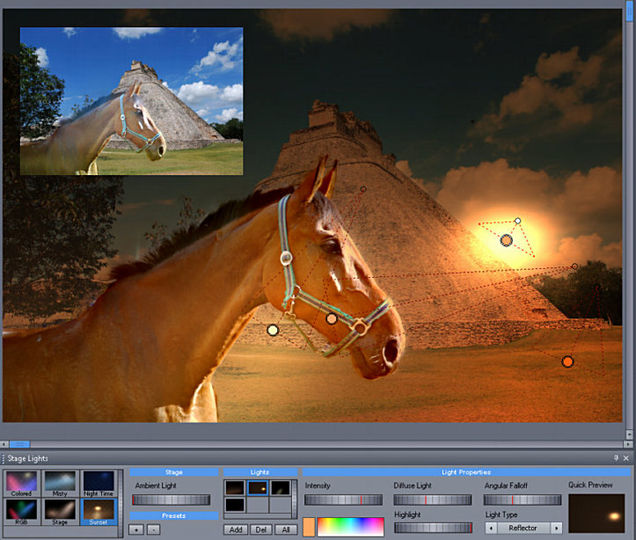

Hard products maintain their shape despite the effects of touch and gravity. Keep in mind how the merchant wants the item to be displayed, such as neatly folded, hung on a hanger, or laid flat. Soft products should be modeled to look like gravity is acting on them.

They should have folds and creases for realism. Some examples include clothing, blankets, and pillows. Soft products have a shape that can be affected by touch and gravity. The models that you provide to the merchant should be of a similar quality.ĭownload models Soft products and hard products The following models meet all the criteria in the 3D modeling standards checklist. Textures should be optimized JPG files, if possible.Some mediums might require a smaller size. The total file size should be about 4 MB.To learn more, see Delivering completed models to the merchant. The model has been sent to the merchant in GLB format.There is only one material assigned to the model, unless otherwise necessary.The base of the model has been placed at the origin of the grid.All objects have been combined into one object.The product's origin is centered at the product's base: The UV shells were manually unwrapped using proper unwrapping techniques. The UV seams are placed on natural boundaries of the 3D model.All the UV shells are positioned in the 1:1 space.All the UV shells are mapped onto a single texture map.The model conforms to the polycount limits of different media formats where the model might be used, such as Facebook 3D posts, AR Quick Look, and VR.The model's polycount is as low as possible while maintaining all the details of the product.Maintaining a version of the model file before the transformations have been frozen or the history has been deleted helps to prevent problems at a later date. The modeler maintained a good working file. Quadrangulated geometry is better unless a required file format prefers triangulated (three-sided) geometry: The mesh is quadrangulated, meaning it uses four-sided geometry. Texture files are as small as possible while maintaining resolution. There's only one texture map for each characteristic of a model, such as roughness, metalness, and ambient occlusion:įor a GLB file, you need to include the following maps: Small scuffs, scratches, and imperfections all help to make a model seem more believable: There are nuances and subtleties that are often overlooked in lower-quality models. Materials assigned to the geometry match the product reference photos. a single map with occlusion, roughness, and metalness mapped to the red, green, and blue channels respectively.Textures are exported using a physically-based rendering (PBR) workflow.įor a GLB file, you need to export the following texture maps: Right: A cube with edges that aren't beveled. Left: A cube with properly beveled edges. Product edges are beveled to smooth transitions: Left: Components of a bag modeled separately. Individual pieces are modeled separately and then put together as if assembling a real product: Black polygons are a sign that something has gone wrong with the model, such as two faces overlapping or normals that need to be unlocked: There are no black polygons on the model. Left: A model with the necessary amount of geometry. The model has only as much geometry as is necessary: The modeler should use the correct units to build the model the exact size of the real product: The model looks identical to the reference photos.These best practices help you to produce an accurate, high-quality model that can be used in different ways, including AR Quick Look, 3D viewers in browsers, virtual reality, and product renders. Characteristics of high-quality modelsīelow are some best practices that you should follow when creating a model of a product. You can also use it to export models in the GLB format.Īdobe Photoshop is an affordable option, but it's not as good for creating 3D textures as Substance Painter. Substance Painter is a robust tool that lets you create high-quality textures by painting them directly on a model in 3D space. In ZBrush it's easy to create soft surfaces and high-quality details, but it isn't ideal for creating optimized meshes. Pixologic's ZBrush is an intuitive sculpting program. 3ds Max is not as modeling-centric as Maya, but it still has all the tools that you might need.
#ADDING 3D TO A PHOTO BLENDER SOFTWARE#
It's also useful for previewing 3D model files.ģds Max is another piece of 3D modeling software from Autodesk.
#ADDING 3D TO A PHOTO BLENDER FREE#
Maya has all the tools that you need to create high-quality 3D models.īlender is a free alternative and a great choice for getting started with 3D modeling. The following 3D software is commonly used for creating 3D models for merchants:Īutodesk Maya is an industry standard for 3D modeling.


 0 kommentar(er)
0 kommentar(er)
